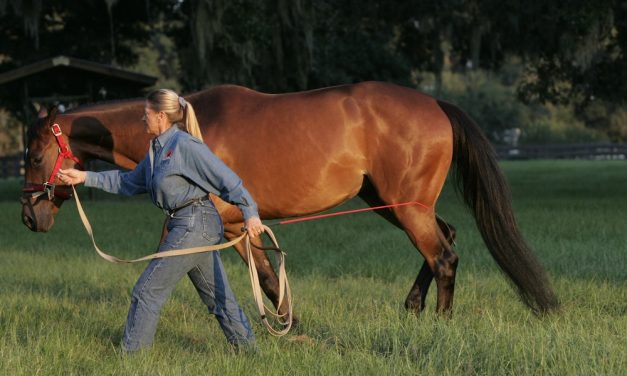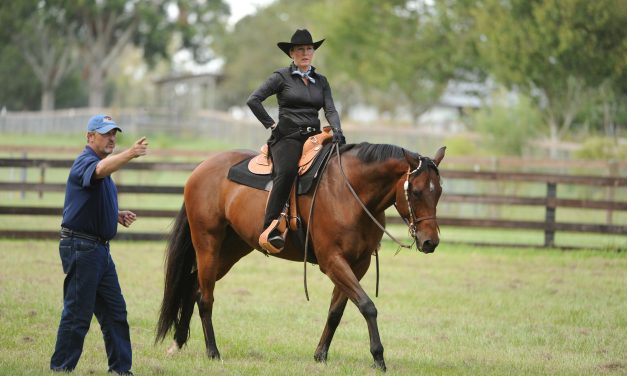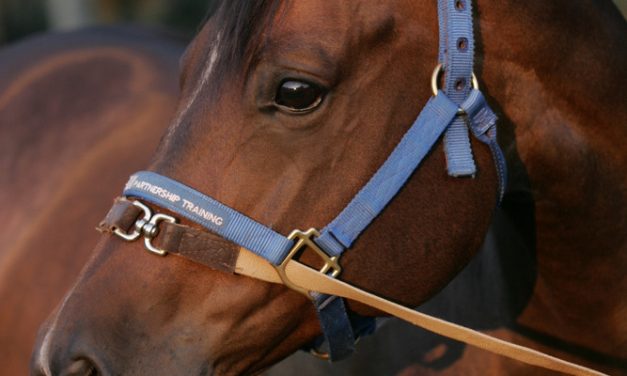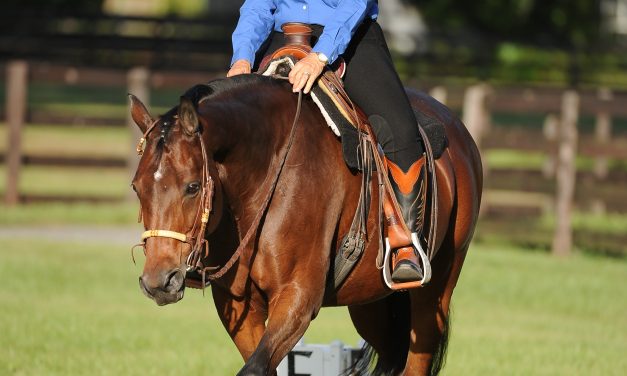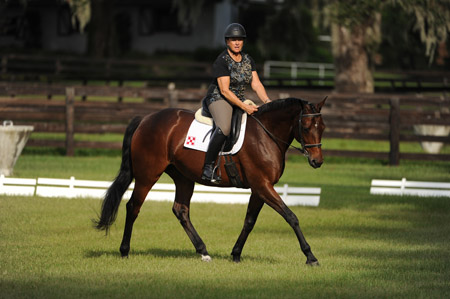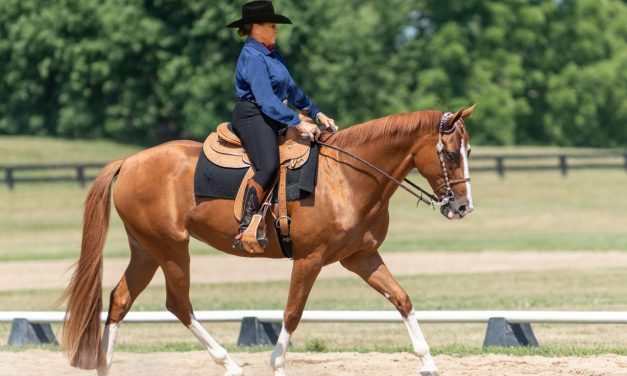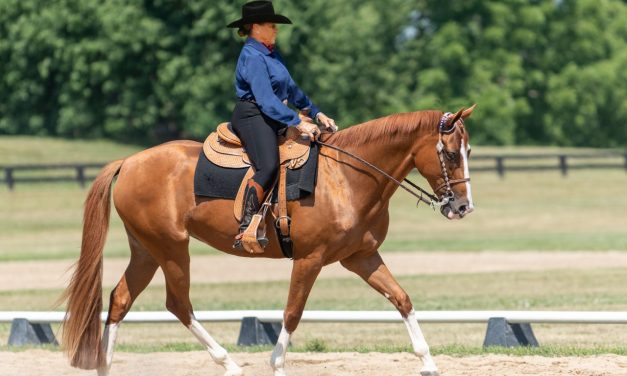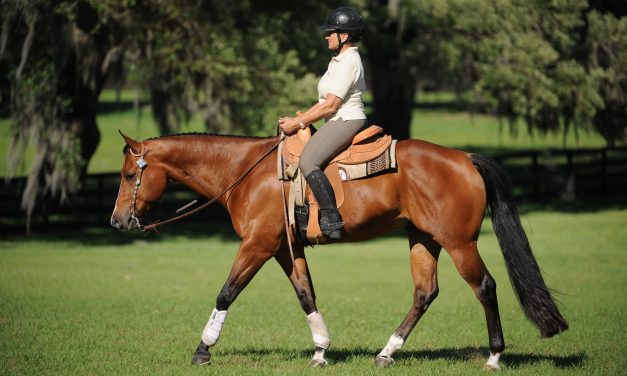Golden Rules for Ground Training Part 2
Before we start on specific lessons, you need to understand and follow my Golden Rules for ground training any horse. We covered the first two in past issues of this magazine and website. To review, Golden Rule #1 is to respect your position, as a handler, in relationship to your horse. Golden Rule #2 is to make straightness a goal.
Read More
